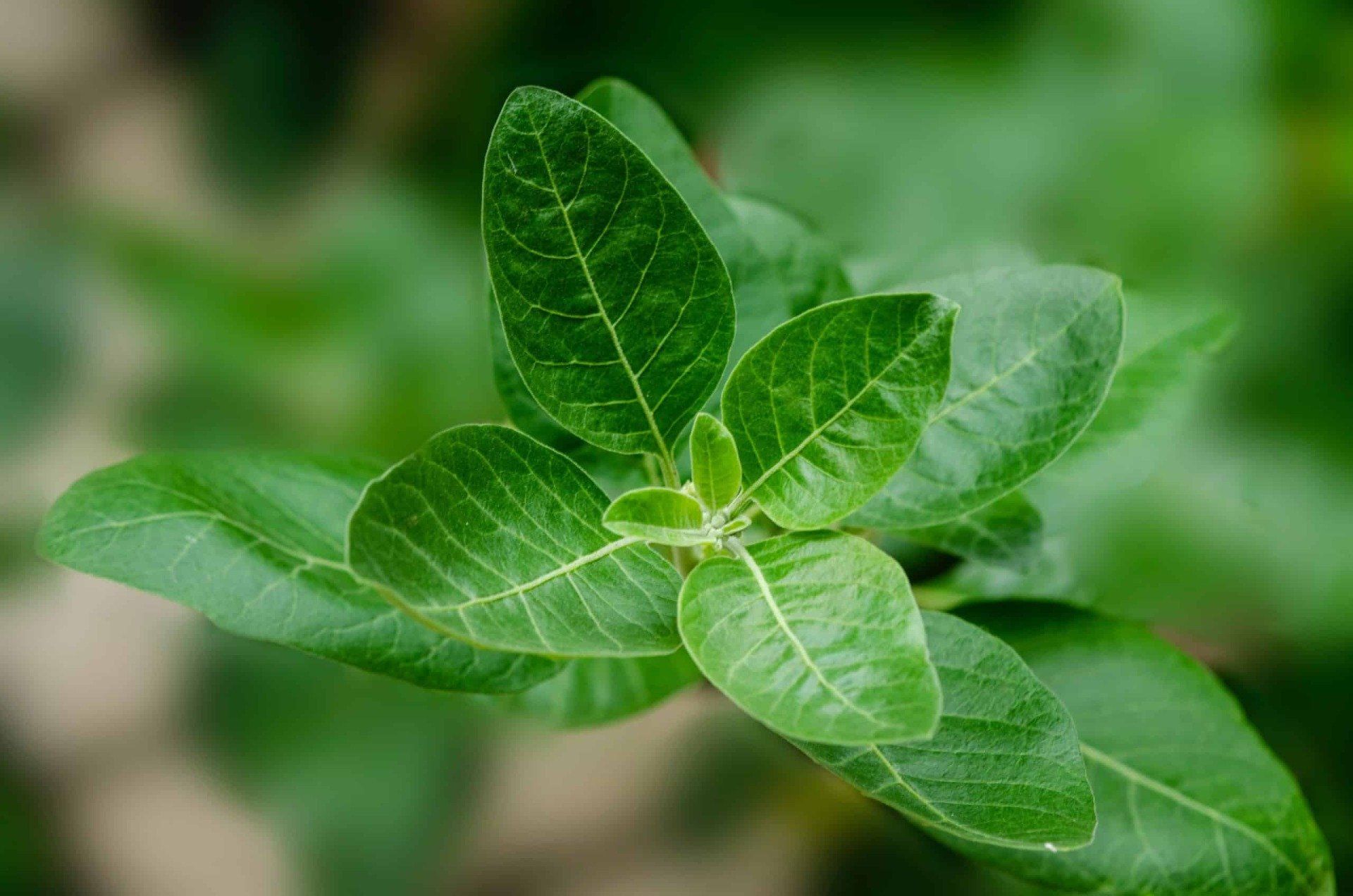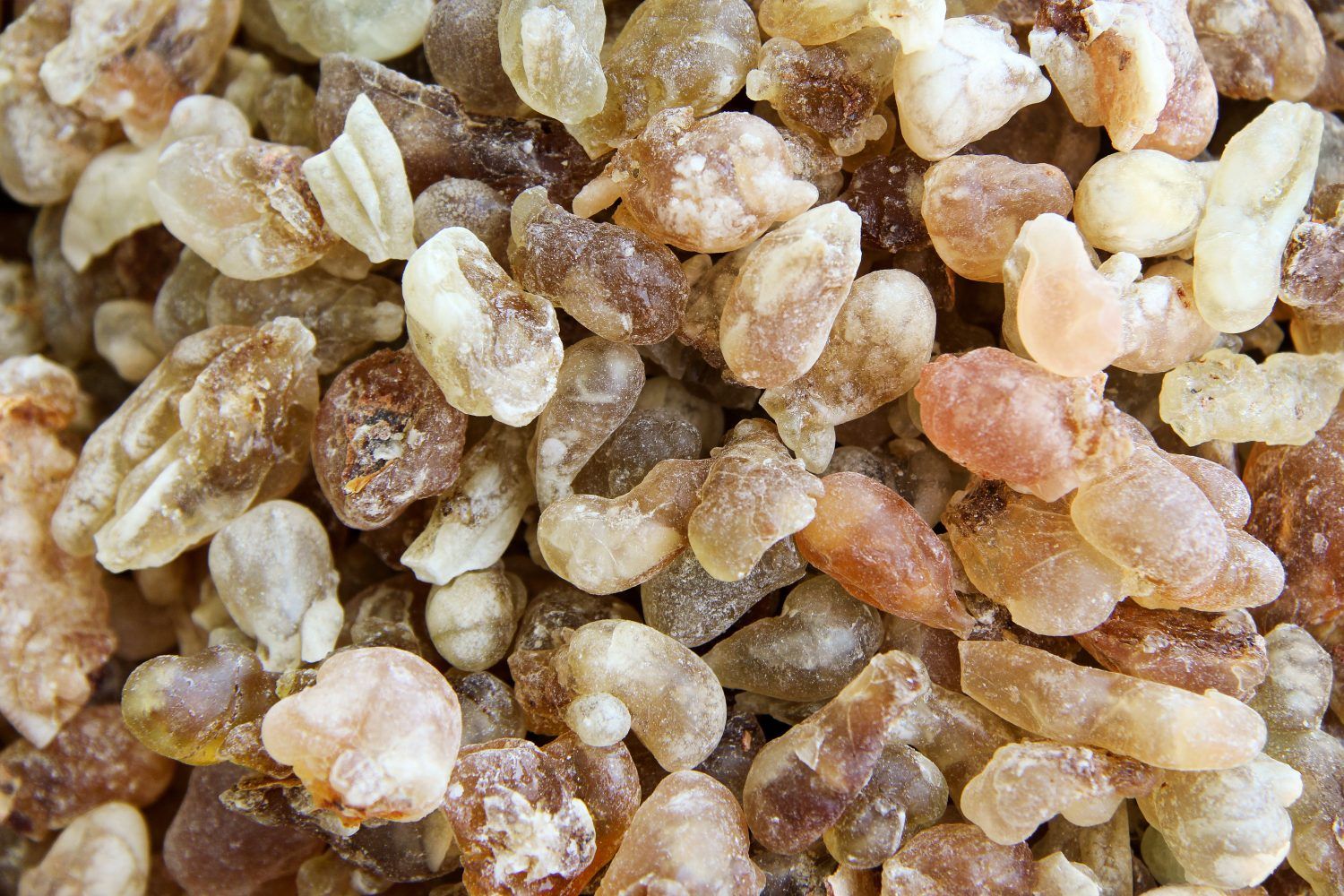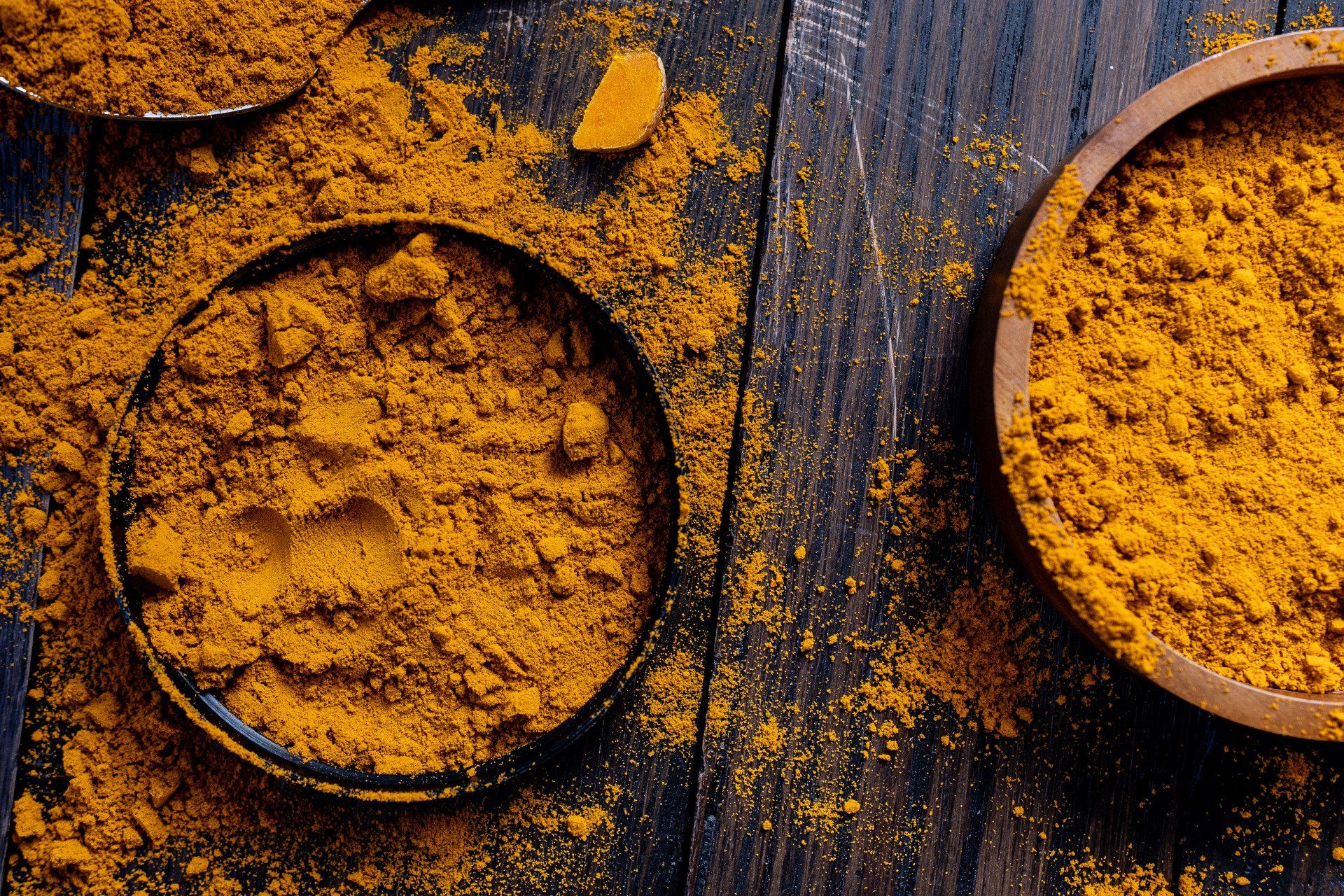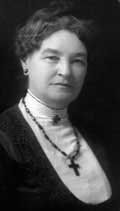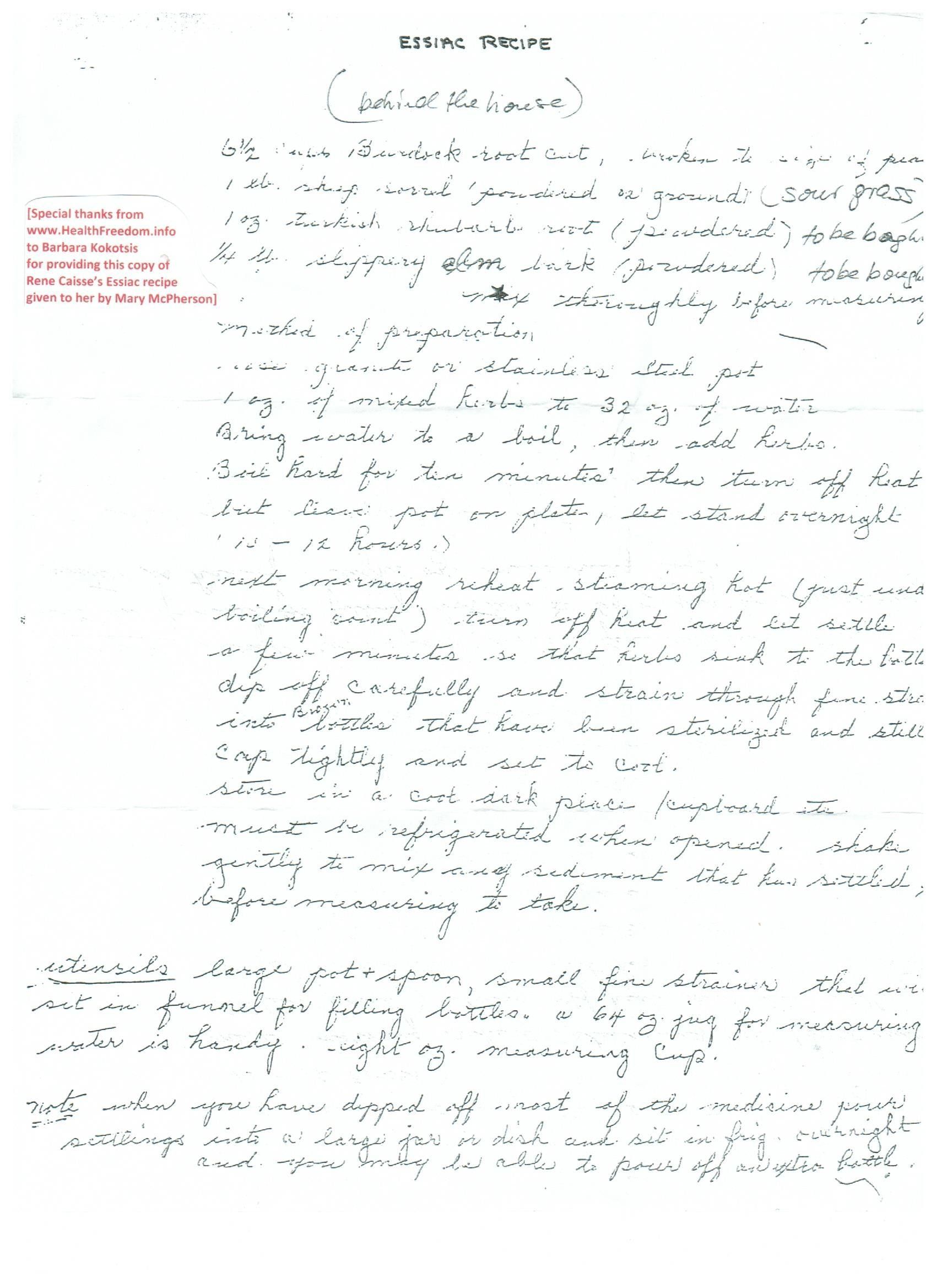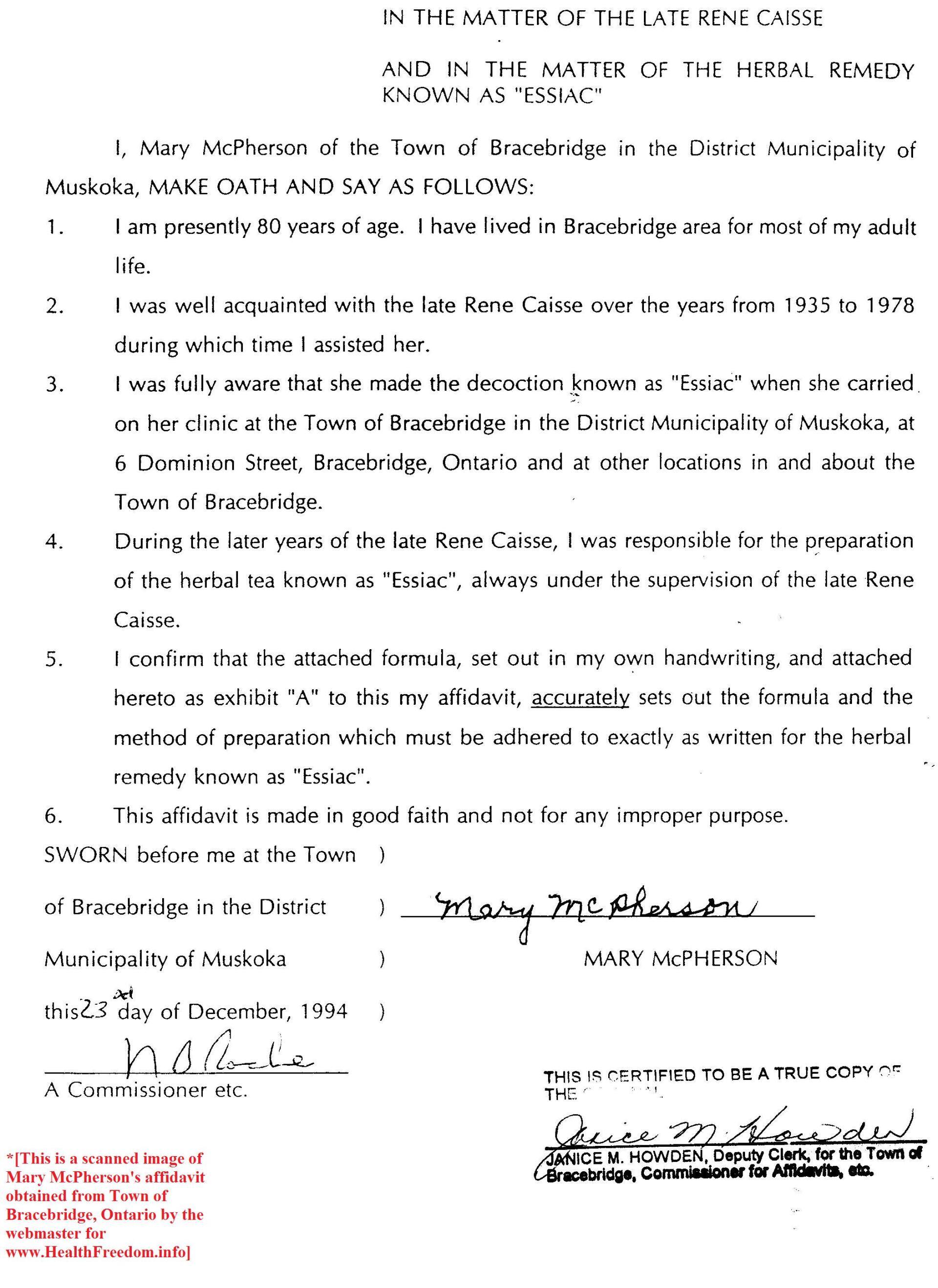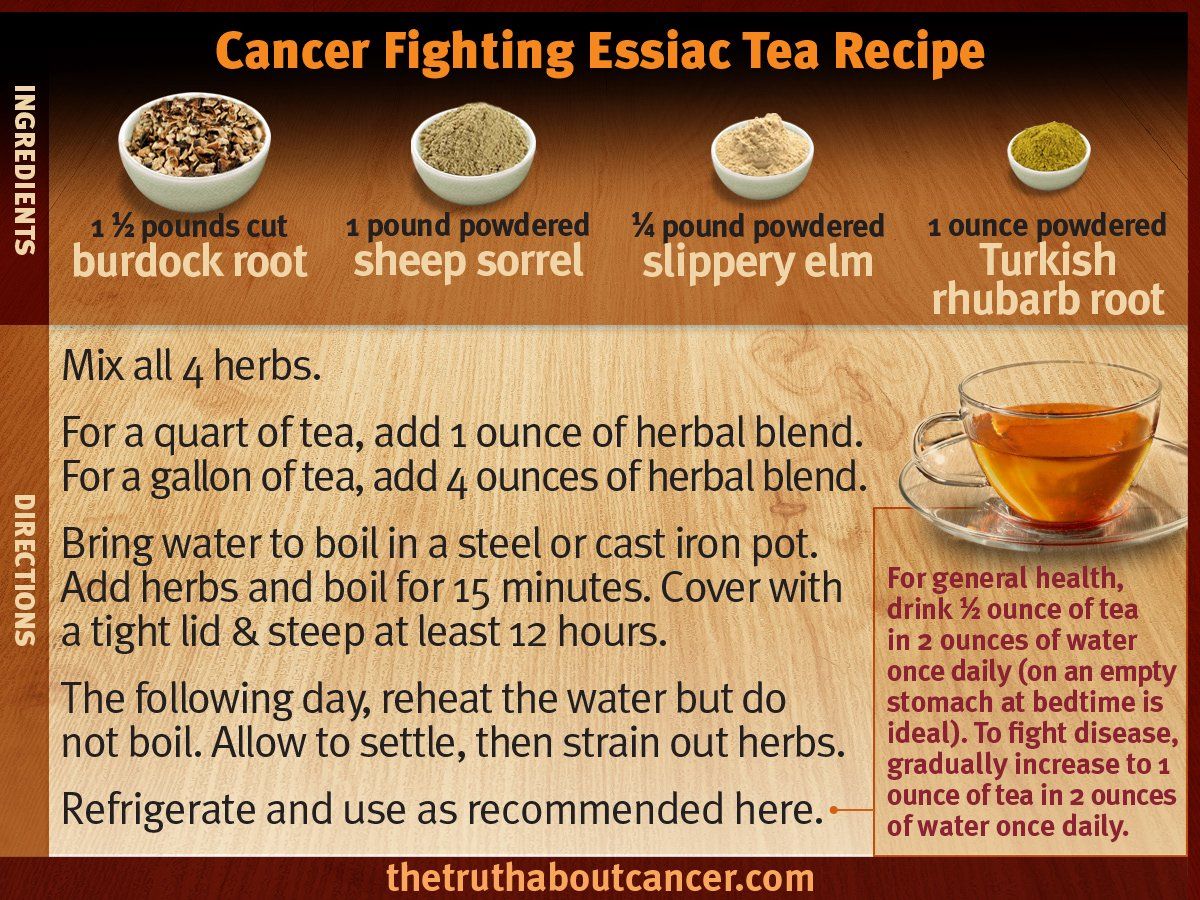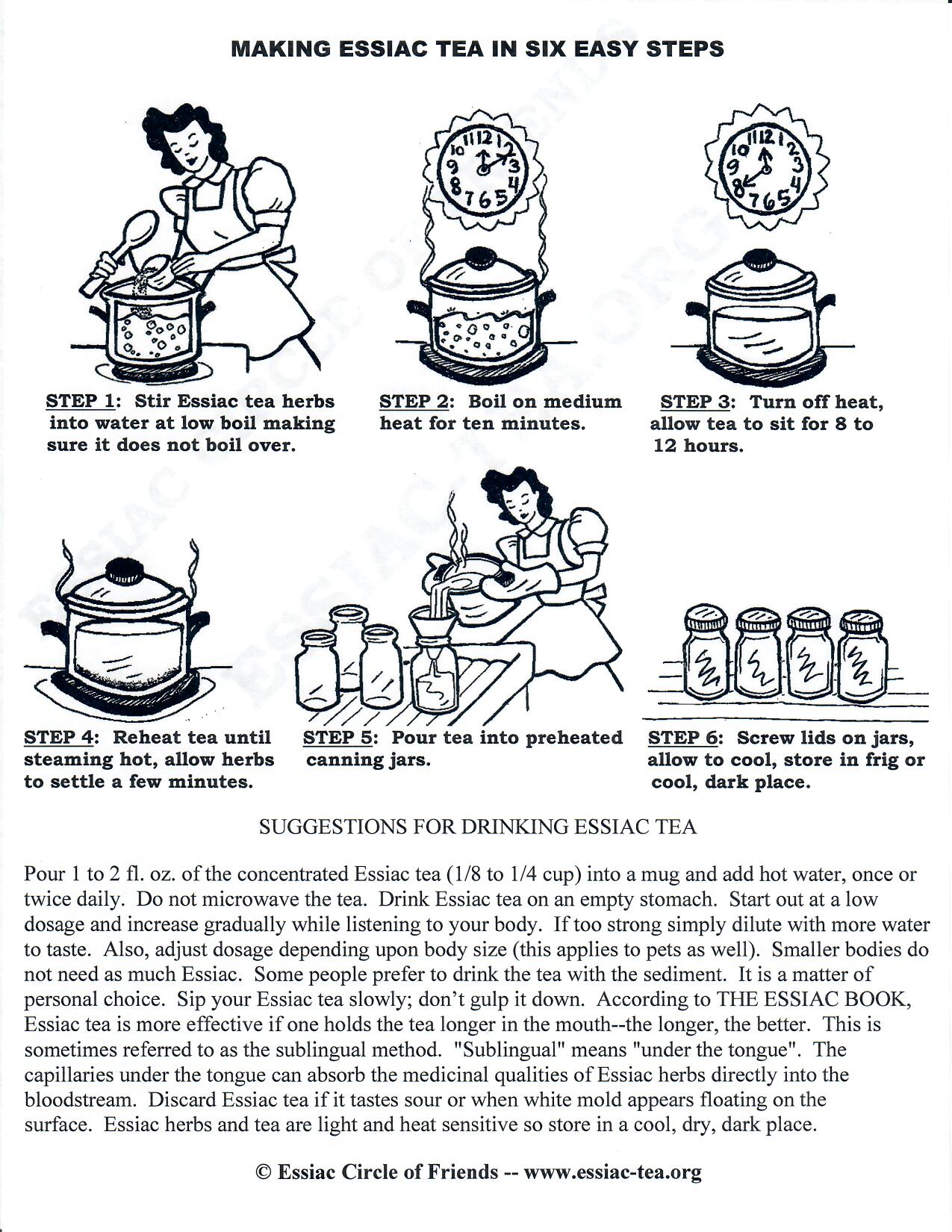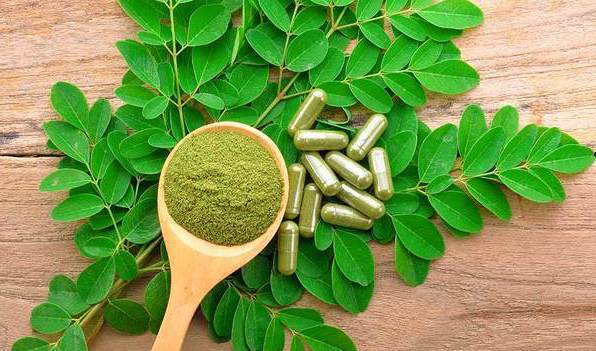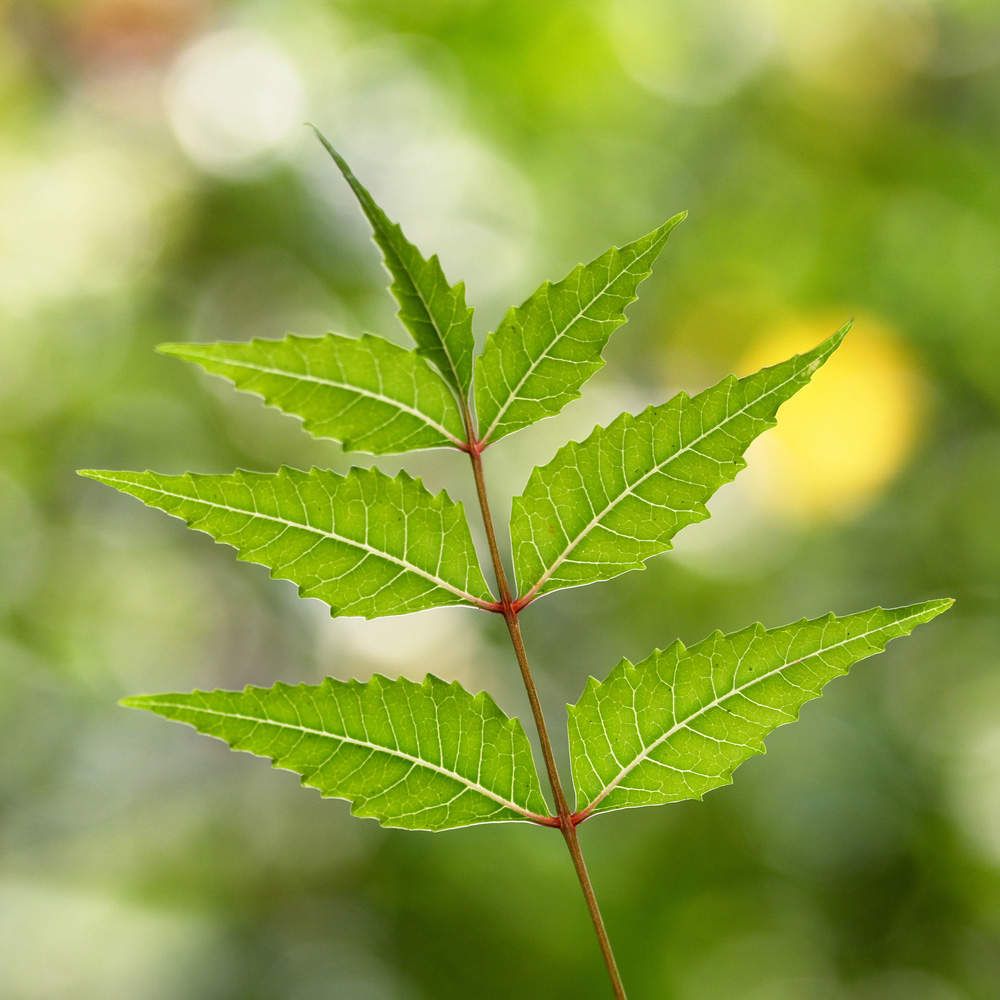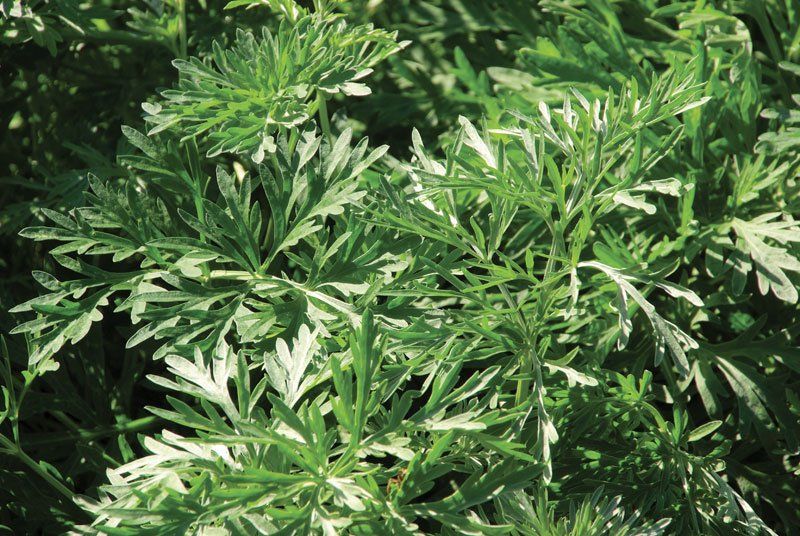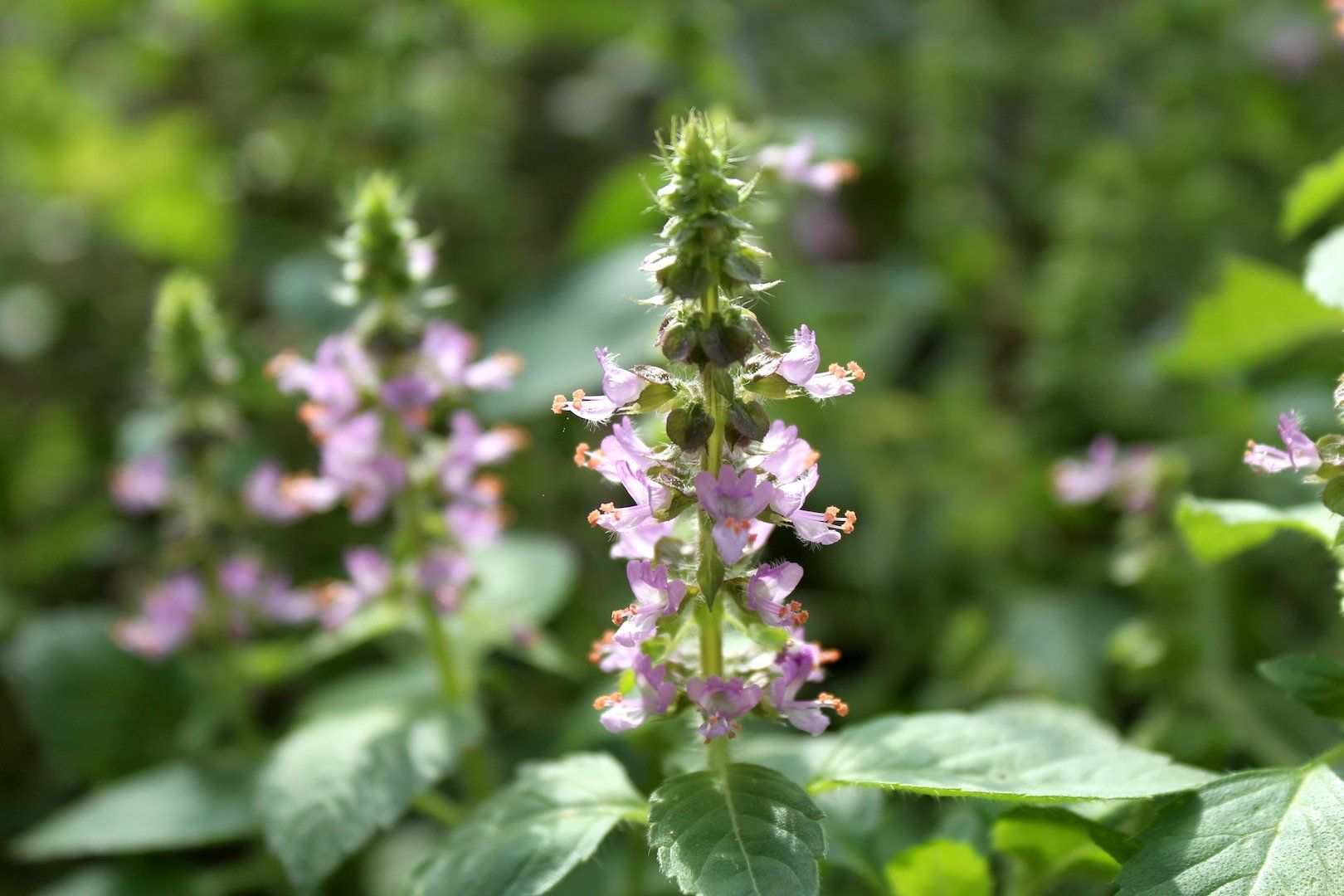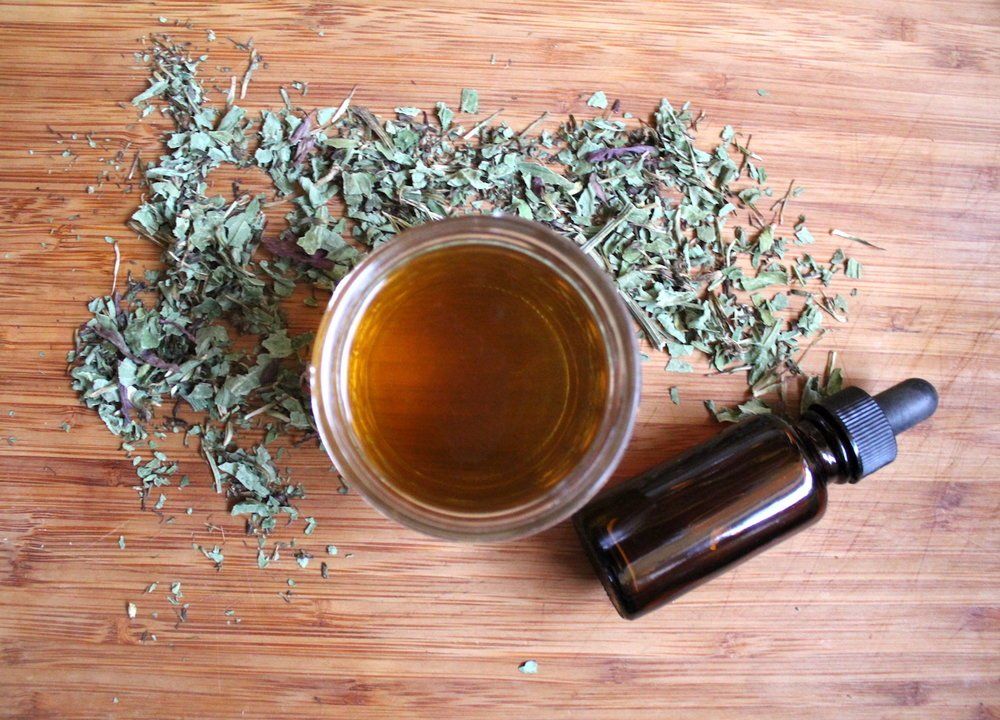Rene Caisse Essiac Recipe
Rene Caisse's Upbringing in Her Own Words
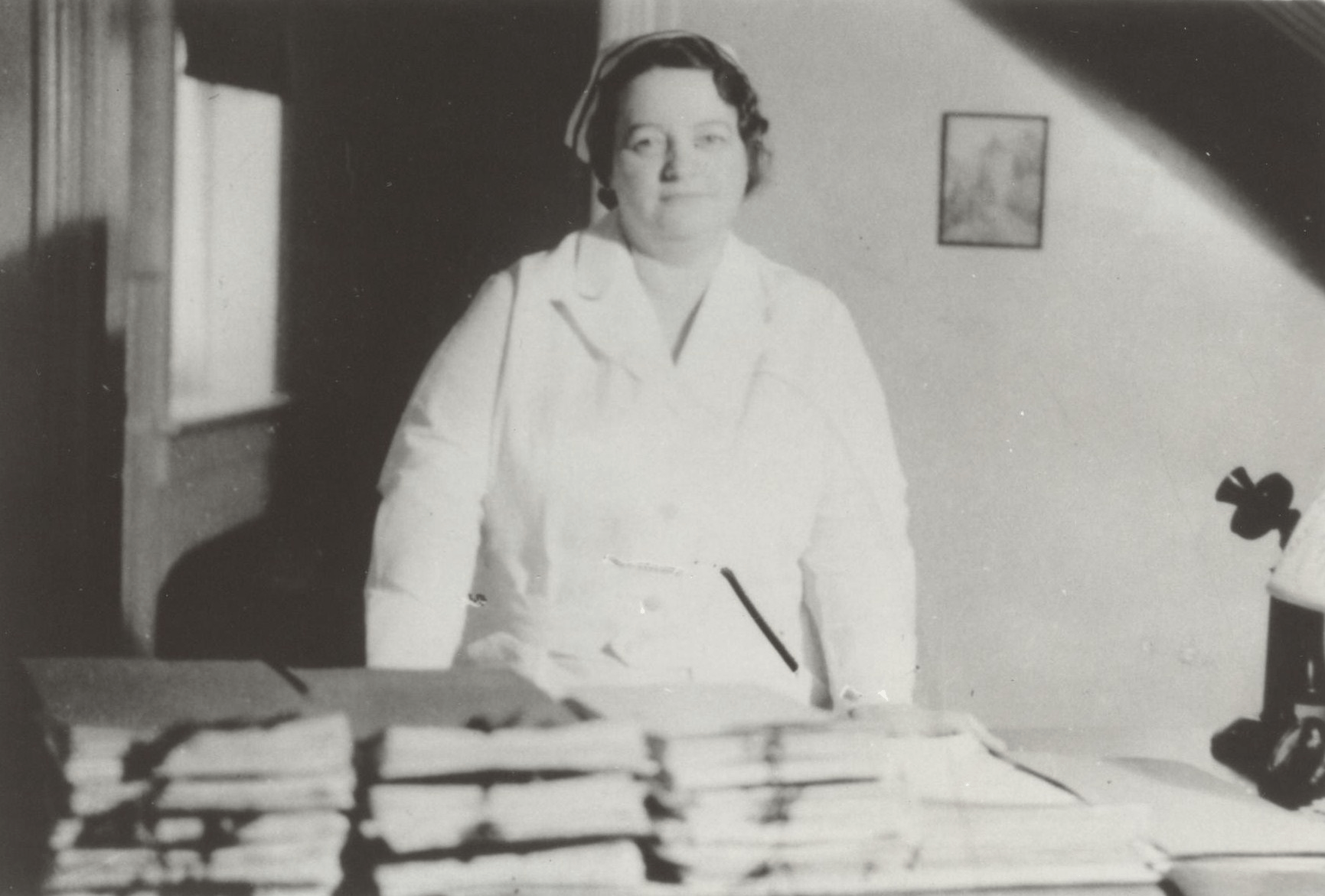
The following, written by Rene Caisse, was published posthumously by the Bracebridge Examiner, January, 1979.
"I will try to relate a little about my background, in order that you may know the real me.
My forebears came to this country from France in the 1700's and settled in Quebec at the town of St. Agathe. The Caisse side of the family were from the suburbs of Paris. Their crest was the (Dragon) of which they were very proud.
My mother's forebears were farmers. They settled in Quebec near La Prairie on a farm. In later years, they all moved to Peterborough, Ontario, Canada, where my father met my mother who was a seamstress. Father and Mother fell in love and were married in Peterborough, then they moved to the village of Bracebridge.
Before the railway moved into the district, they came by boat from the end of the railway. They both worked hard, and raised a large family, of which I was one, either girls and three boys. We were brought up in the love and fear of "God". We were taught to love one another, which we did, and do yet.
Mother used to playfully say that she would trade her eight girls for one boy, but we knew how much she loved us, and how proud she was of her family. Father built two stores, one for himself and my older brother, and one for my two older sisters who had become milliners. Father died at the age of sixty.
Mother lived to see her ninetieth birthday. Mother was beloved by all (with all of her large family, she could always find time to lend a helping hand). Her church work earned for her a picture window which stands in her name at St. Joseph's Church, Bracebridge, Ontario, Canada.
Her work for the Red Cross during the World Wars, won her an Honorary Membership in the Red Cross. She was President of the Women's Institute for years, her dear hands were never idle.
The Bracebridge Gazette printed this in it's paper on her 90th birthday:
"To be 90 years old on Saturday; to have raised 11 children, to have 16 grandchildren, 15 great grandchildren and one great, great grandchild, is the distinctive record of Mrs. Friselde Caisse. And there is the loving record: - her children are a credit to her and until the past year, when life has slowed her activities, she has ever been one with them. Not likely that Mrs. Caisse concerned herself with "Equal Rights", she accepted her very "Superior Rights", and now we can congratulate her with this little bit of rhyme tailored for the occasion:
"How fine to be ninety!
To look back through the years,
To see fun, to see frolic,
To see work, and some tears,
To look into the future
Without haste, without fear
May your days be the sweetest
Of the "Sweet" of the Years"
There are the kind of people that I belonged to, my home was a happy and a Christian home, where the love and respect of our fellow man meant more to us than riches.
That is why I did not make a charge for "Essiac Treatments", and consequently was not in a position to fight in the courts for my rights. So, when the College of Physicians & Surgeons sent their Police to threaten my many times, with arrest and jail, I gave up the unequal batter, and stopped treating Cancer patients.
Now, like, the late Grandma Moses, I paint pictures, many, many oil paintings to try to forget that which I know I can never forget, that I know the cure for Cancer, that I can never give it to the world that needs it so badly.
Whomever I gave it to, would be subjected to the same kind of Hell that I have subjected to even though I gave it to the greatest scientist, he would be powerless and would be discredited, if he had the courage of his convictions.
Proof of Essiac Tea Documentation (Click on image to enlarge)
THE RENE CAISSE ESSIAC RECIPE
The "old medicine man" recipe was 8 herbs -- the 4 essiac herbs, periwinkle, red clover and watercress. Rene Caisse left no written record of the 8th herb. According to Essiac Essentials, in the early 1920's while working with Dr. Fisher, Rene "tested decoctions of each herb individually until the eight original herbs were gradually modified down to the four herbs in the recipe as we know it today, i.e., Burdock root, Sheep Sorrel, Slippery Elm inner bark and Turkey rhubarb root."
Rene Caisse signed over her formula to Resperin Corporation in 1977 and she died the next year. In 1995 Resperin Corporation sold the formula to the current Canadian Essiac® trademark holder.
But Rene had revealed her formula to a few people, including her helper Mary McPherson, who continued making Essiac for Rene's remaining patients before and after Rene's death in 1978. Mary's sworn affidavit (made on December 23, 1994, Bracebridge, Ontario) revealed Rene's recipe and brewing instructions. In 1988, Mary was present when Gary Glum claimed he had bought the recipe from Rene's patient Pat Judson of Michigan. Mary later verified Glum's recipe as authentic.
Rene Caisse's measurements are confusing. She used volume (in cups) for Burdock and weight (in ounces) for the other three herbs. The book Essiac Essentials solves this problem by using weight units for Burdock too, specifying Buckock root chopped to size of small peas (like Rene had done). Burdock is the only "cut" herb, the Rene Caisse recipe calls for the powdered form of the other herbs. Rene Caisse's recommended doses are below as well as some possible side effects and interesting notes about who should not take essiac and who should use caution.
About Essiac Tea Ingredients We Use at Edge Life Organics:
The Essiac Tea Ingredients Pack consists of:
- Burdock Root (cut) = 1/2 cup | Botanical Name: Arctium lappa | Country of Origin: China | Organic Status: Certified Organic. Burdock root comes from burdock, a weed that is related to sunflowers and part of the daisy family. Burdock root has been part of traditional medicine, particularly Traditional Chinese Medicine, for centuries. Health benefits and therapeutic actions include; treating diabetes, treating and preventing infection, ‘purifying’ the blood, as a diuretic, antioxidant and anti-inflammatory.
- Sheep Sorrel (powdered) 3/8 cup | Botanical Name: Rumex acetosella | Country of Origin: USA | Organic Status: Wildcrafted. An excellent source of Vitamin C, Sheep sorrel is highly sought after for its amazing antioxidant properties. Commonly used to treat blood disorders, inflammation, diarrhoea, excessive menstruation and the passing of stones. It has also been used to treat cancer. For mouth and throat ulcers, a tea with honey is recommended. Externally, it has been used to treat many skin conditions such as eczema, hives, herpes and rashes. An astringent, diuretic, laxative.
- Slippery Elm Bark (powdered) = 2 Tablespoons + 2 teaspoons | Botanical Name: Ulmus Rubra | Country of Origin: USA | Organic Status: Certified Organic. Slippery elm is a demulcent, emollient and detoxifying agent as well as a health tonic and laxative. Common medicinal uses include: soothes throat and gut inflammation, regulates bowels, absorbs and excretes toxins.
- Rhubarb Root Turkish (powdered) = 1 teaspoon | Botanical Name: Rheum Palmatum | Country of Origin: China | Organic Status: Certified Organic. Rhubarb has a long history of herbal use. The primary action of rhubarb root as herbal medicine is a positive and balancing effect on the digestive system. One of the most widely used herbs in Chinese medicine, the root is used as an antiseptic, antispasmodic, antitumor, astringent, diuretic, laxative and tonic.
Ingredients Using US/Canada/Imperial/Metric Measurements:
Herb Volume Weight Form Recipe %
- Burdock Root 6 ½ cups 24 ozs. (1.5 lb.) 680g pea-size cut 53%
- Sheep Sorrel 16 ozs. (1 lb.) 453g powdered 36%
- Slippery Elm Bark 4 ozs. (0.25 lb) 113g powdered 9%
- Turkey Rhubarb Root 1 oz. (0.0625 lb) 28.35g powdered 2%.
Mix the herbs together very very thoroughly.
- Use 1 cup of herb mix per 2 gallons (7.57Lt) distilled water each time you brew.
- Your herb mix or essiac herbs should be stored properly.
- This makes a year's supply according to Essiac Essentials, written in 1999.
To make 1 cup (128g) of mix to brew with 2 gallons (7.57Lt) of distilled water:
- Burdock root (cut) = 1/2 cup
- Sheep Sorrel (powdered) 3/8 cup
- Slippery Elm bark (powdered) = 2 Tablespoons + 2 teaspoons
- Turkey rhubarb (powdered) = 1 teaspoon
- Approximate number of bottles of tea made, depending on water loss.
1 cup herb mix + 2 gallons of water = about 224 liquid ounces of tea will fill fourteen 16-ounce pint bottles, or seven 32-ounce quart bottles.
1/2 cup herb mix + 1 gallon of water = about 112 liquid ounces of tea will fill seven 16-ounce bottles, or three and a half 32-ounce quart bottles.
1/4 cup herb mix + 1/2 gallon of water = about 56 liquid ounces of tea will fill three and a half 16-ounce bottles, or almost two 32-ounce quart bottles.
Supplies Needed:
- Do not use anything made of aluminum.
- Stainless steel kettle with lid (or glass, unchipped enamel, CND granite pot)
- Stainless steel sieve.
- Large stainless steel or wood stirring utensil.
- Stainless steel funnel or 2-cup glass measuring cup.
- Glass bottles can be amber, colored or clear glass.
Bottles and lids can be sterilized by one of these methods:
1) Boil for 10 minutes with a little food grade peroxide or Clorox.
2) Boil bottle caps, put bottles in 250 degree oven for 10 minutes.
3) Soak for 5 minutes in 1 ounce 35% food grade hydrogen peroxide plus 11 oz. distilled water.
4) Soak for 5 minutes in 1/2 teaspoon Clorox plus 1 gallon distilled water.
5) 16 oz. size bottles can be sterilized in a microwave oven carefully.
The water you use for making essiac tea should be as pure as possible. Don't use tap water. Most people use distilled water. Nice but not vital, you can "re-energize and re-oxygenate" distilled water by shaking it well or setting it in the sun for a few hours.
Preparation of Essiac Tea
- Mix dry ingredients thoroughly.
- Measure out desired amount of dry ingredients.
- Pour proportionate amount of water into pot.
- Bring water to a rolling boil with the lid on.
- Stir dry ingredients into boiling water.
- Replace lid and continue boiling at reduced heat for 10 minutes.
- Turn off stove. Scrape down sides of pot and stir mixture thoroughly.
- Replace lid, let pot sit and cool undisturbed for 10-12 hours (overnight).
Continue process...
- Reheat to steaming hot, but do not let it boil.
- Turn off heat and allow herbs to settle for a few minutes.
- Pour hot liquid through sieve to catch sediment.
- Use funnel to fill sterilized bottles, put lids on.
- Allow bottles to cool, then tighten lids.
- Store in dark cool place, always refrigerate an opened bottle.
- Essiac contains no preservatives, discard if mold develops. "When in doubt, throw it out".
- Unopened bottles can be stored in a cool, dark place, or keep all the bottles in the refrigerator.
- Don't freeze essiac or warm it up in a microwave (use hot water to dilute and warm it).
Directions for Use according to the book Essiac Essentials:
- 1 fluid ounce (30 ml) essiac tea per day, diluted in 2 fluid ounces (60 ml) hot water.
- This should be sipped, preferably at bedtime on an empty stomach.
- Food should not be eaten within one hour before/after drinking the tea.
- As a daily tonic or to enhance the immune system:
- Take half a fluid ounce (15 ml) per day, diluted in one ounce hot water.
According to Sheila Snow and Mali Klein on page 41 of their book Essiac Essentials,
"It is very important to use the dosage as Rene recommended, which was based on more than 54 years' experience. Rene was very concerned about this, which is why she personally administered the dose to her patients." Depending on special circumstances, very occasionally in her later years, Rene would sometimes advise an initial dose of one fluid ounce twice daily for the first five, ten or (rarely) thirty days before reducing to one fluid ounce once a day.
In the same book Rene Caisse is quoted as saying,
"There is no need to to exceed this dose."
" People will not stick to the dose I give. They'll decide on their own if a little's good, a lot's better. That's the way they think."
Notes about side effects, although side affects are rare when taking essiac:
Diarrhea, headache, lower-back kidney ache, flu-like symptoms or upset stomach are usually caused by too high of a dose and not drinking enough water. Cut dose back to half the amount of essiac or stop for a few days, drinking a gallon of water every day to flush out your system (not juice, tea or other beverages). Anyone taking essiac should increase their water intake.
If you become itchy or develop some rashes when you take essiac tea, that is an allergy to the sheep sorrel. People who take too much essiac tea for too long can also develop this allergy. Many herbalists recommend using a "5 days on, 2 days off" rule with any herbal decoction.
Cynthia Olsen Notes (from Essiac, A Native Herbal Cancer Remedy, 2nd Edition page 61)
Though side effects are rare when taking Essiac, there are three general ones:
Nausea and/or indigestion, generally caused by eating or drinking too soon before or after drinking the tea, severe intestinal or digestive discomfort, caused principally because as toxins dissolve, the body tries to eliminate them quickly, an increase in the size of an existing tumor, caused by the metastasized cells gathering at the original site, before the tumor softens and reduces in size.
Sheila Snow Notes (from Essence of Essiac, page 48)
Here are three possible causes of adverse reactions:
- A full stomach of undigested food or consuming beverage just before taking the remedy, especially tea or coffee.
- Waste materials build up in the body, it attempts to eliminate them all at once. This could create extreme discomfort in the digestive tract, occasionally to the point of vomiting.
- A tumor may increase in size (as metastasised cells are gathered to the original site) and could cause a blockage in some vulnerable area of the body, before it softens and reduces in size.
"When any discomfort occured, Rene always cautioned her patients to stop taking the decoction for several days until they felt better. Then they were told to begin again with just half an ounce every other day and gradually to increase the dose to one ounce each day. This usually corrected the problem."
Kathy Sedler advice about who should not use essiac and who should use caution:
Note: Most of the cautions below are not found elsewhere or in conventional essiac books. Start taking essiac in minimal doses or ask your health care provider about taking essiac if you're concerned.
A California nurse named Kathy Sedler used to sell essiac herbs online. According to Kathy's research (no longer online), she advised not taking essiac if you are pregnant, nursing or trying to conceive, if you have kidney disease, are prone to kidney stones or kidney infections (due to oxalic acid in essiac), have ulcers or colitis or have increased levels of iron in your blood.
Kathy Sedler's "When To Use Caution In Taking Essiac" was for those taking anticoagulant prescriptions, cardiac glycosides (like Digoxin), those with a cholecystectomy (removal of the gallbladder) and osteoporosis. Kathy had this caution for people with diabetes.
"Diabetics who are insulin dependant may need to adjust their dosage, also those on anti-diabetes medications. All diabetics should monitor their blood sugar closely while on this tea. Some of the constituents in this tea can affect the way glucose and insulin are taken up in the cells and utilized. Many people find they need less medication while taking this tea. This is not always the case, but is worthy of mention."
Adapted from various sources.
Share this information on...
